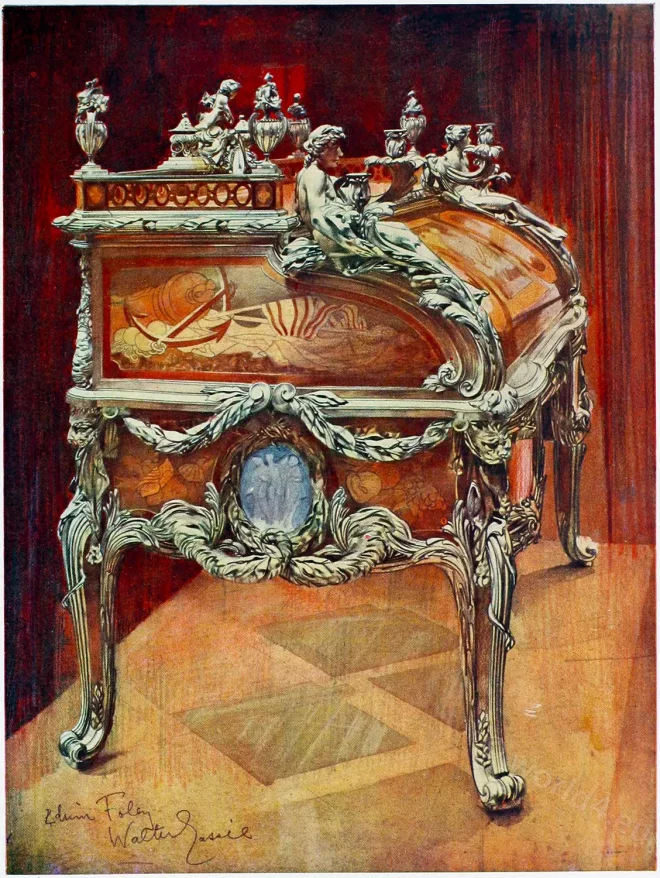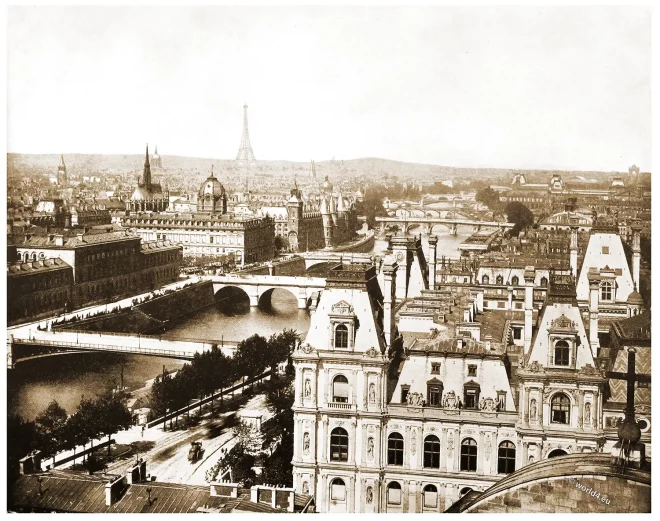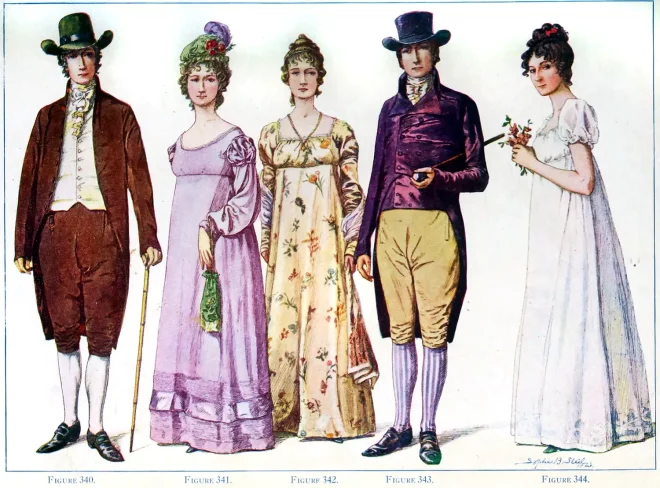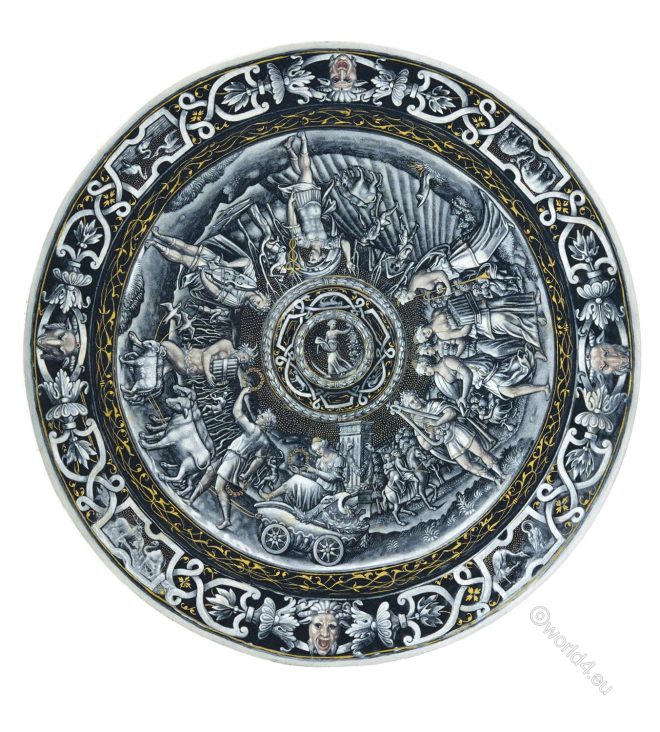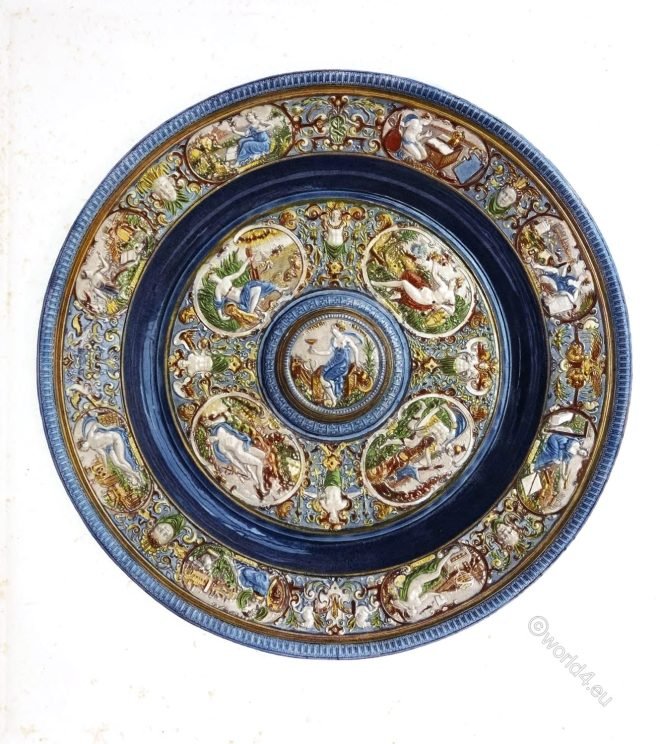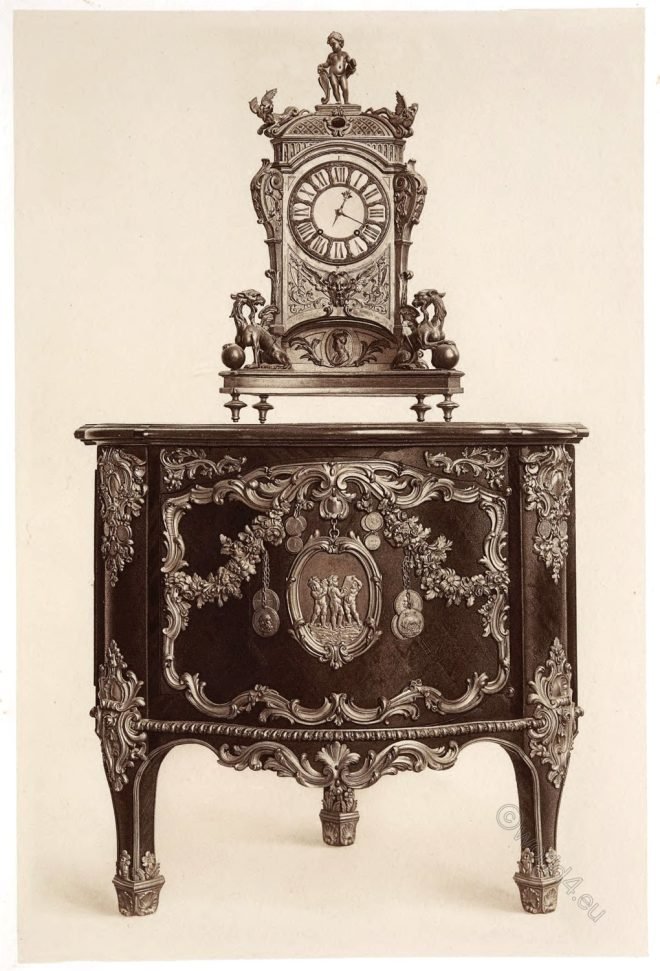AMBOISE is the only castle in France, which has had the honour of being sketched by Leonardo da Vinci.
Category: France
Francis the first, King of France
Few monarchs have been so distinguished by their avidity for knowledge and instruction as Francis I.
The Bureau du Roi of Louis XV France 1769.
Our illustration of the Bureau de Louis XV. shows one sides of this famous work.
The dress of the people of the fourteenth century
Costumes of the late Middle Ages. Fourtenth century. The period is one of lavish use of color.
The Art of Perfumery in Italy and in France.
The art of perfumery began to be cultivated in Italy early in the 16th century. France has been associated with the cultivation of sweet-smelling flowers from early times.
Panorama of Paris in 1892 by John Lawson Stoddard.
Glimpses of the world; a portfolio of photographs by John Lawson Stoddard
Costumes during the Republic under Washington and Adams.
Historic dress in America during the Republic under George Washington and John Adams.
Enamel dish by Pierre Courteys, 16th century. Enameller of Limoges.
Enamel dish. Allegory of Spring. Youths and maidens in antique costume dancing to the music of a viol, a lyre and a panpipe.
Dish by Bernard Palissy. Earthenware, after Briot. 16th century.
This dish is a repetition in pottery of a famous work in pewter by the goldsmith François Briot.
Cabinet for coins by Joubert in Louis-quinze style
Cabinet for coins, Cabinet des médaille by Gilles Joubert 1755 ordered by Louis XV. Louis-quinze style



